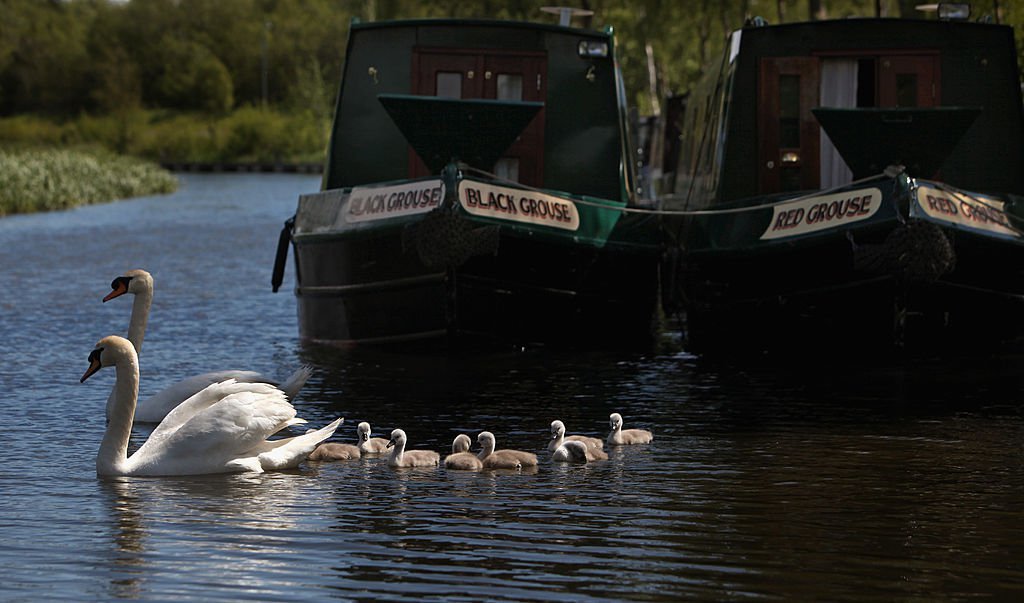“Four!” Kassie shouted from across the canal. I twisted in my kayak seat to get a better look. It took me a minute to see what she was pointing to. Near the shore, one lone, rusted wheel stuck up over the water’s surface like the flag of a sinking ship. That’s when I realized what Kassie was counting: submerged shopping carts. She’d seen four already—and it had only been a few hours.
So this is the kind of scenery we’re in for, I thought, grimacing as I used my paddle to bat away a floating beer bottle. We’d just begun a four-day kayaking trip along Scotland’s Glasgow to Edinburgh Canoe Trail. At that point, we were both wondering if we’d made a huge mistake. Neither of us had any idea that we were on the verge of discovering one of Scotland’s most inspirational—and unlikely—environmental success stories.
When I’d first mentioned the prospect of visiting my friend Kassie in London, she’d recommended we spend a few days getting out of the city and going on an adventure. The plan was to paddle the 200-year-old Forth and Clyde Canal into the Union Canal. Together, the two canals form a historic, 54-mile route that bisects Scotland.
A family of swans swims on the Forth and Clyde in Falkirk in Scotland.
Jeff J Mitchell/Getty Images
Of course, when we mentioned the plan to our Scottish friends, they were anything but supportive.
Scotland is home to gorgeous high country, scenic coasts and mist-veiled lochs—but the canals? The canals are disgusting, our friends told us. “You’ll be dodging cans of Irn-Bru the whole way,” one said.
It’s not surprising that some Scots hold poor opinions of the canals, says Chris O’Connell, the heritage manager and resident historian for Scottish Canals, a public corporation of the Scottish government charged with caring for the country’s five canals. After all, the waterways don’t exactly have a pristine history.
Scotland’s first canal, the 35-mile Forth and Clyde, was built in 1768 to transport coal. Horses would walk alongside the canal on a towpath, pulling massive barges of coal at first, and then all kinds of other goods. Throughout the late 18th century, furniture, granite and paving slabs all made their way along the canals from the Scottish interior to Glasgow on the west coast, then the second biggest city in the British Empire. Much of it, O’Connell says, was shipped out to fuel the…
Click Here to Read the Full Original Article at Travel | smithsonianmag.com…
